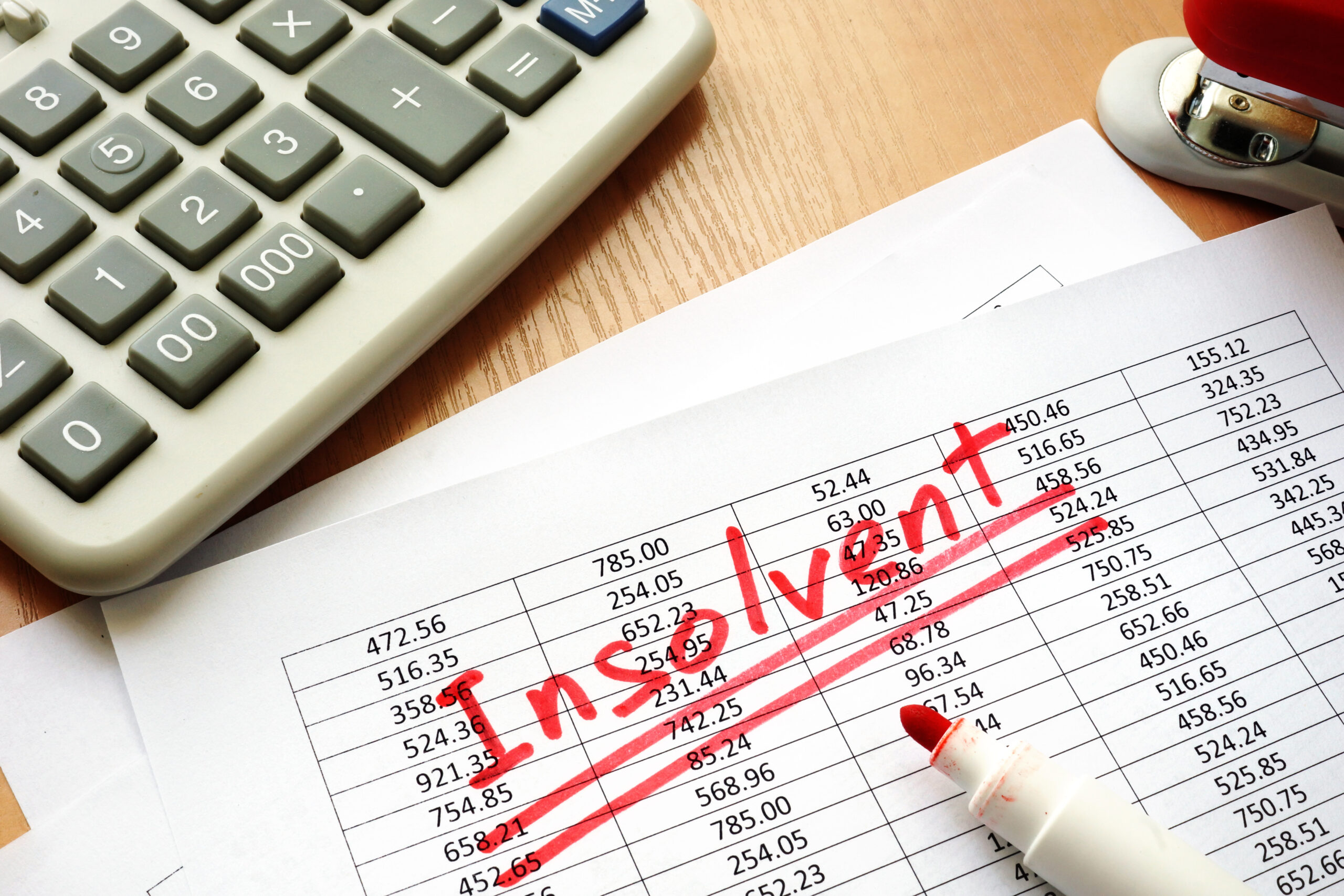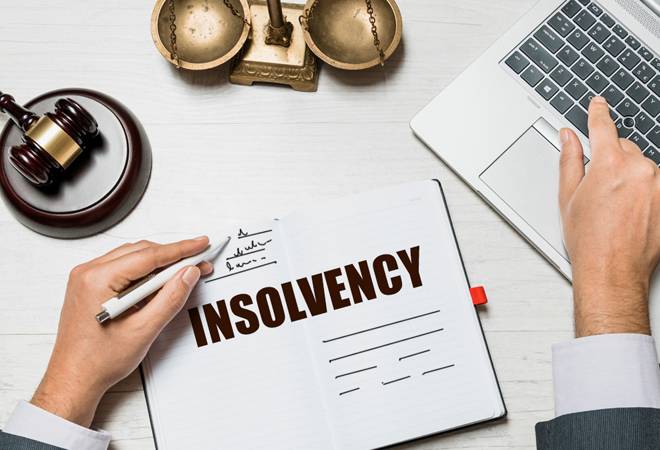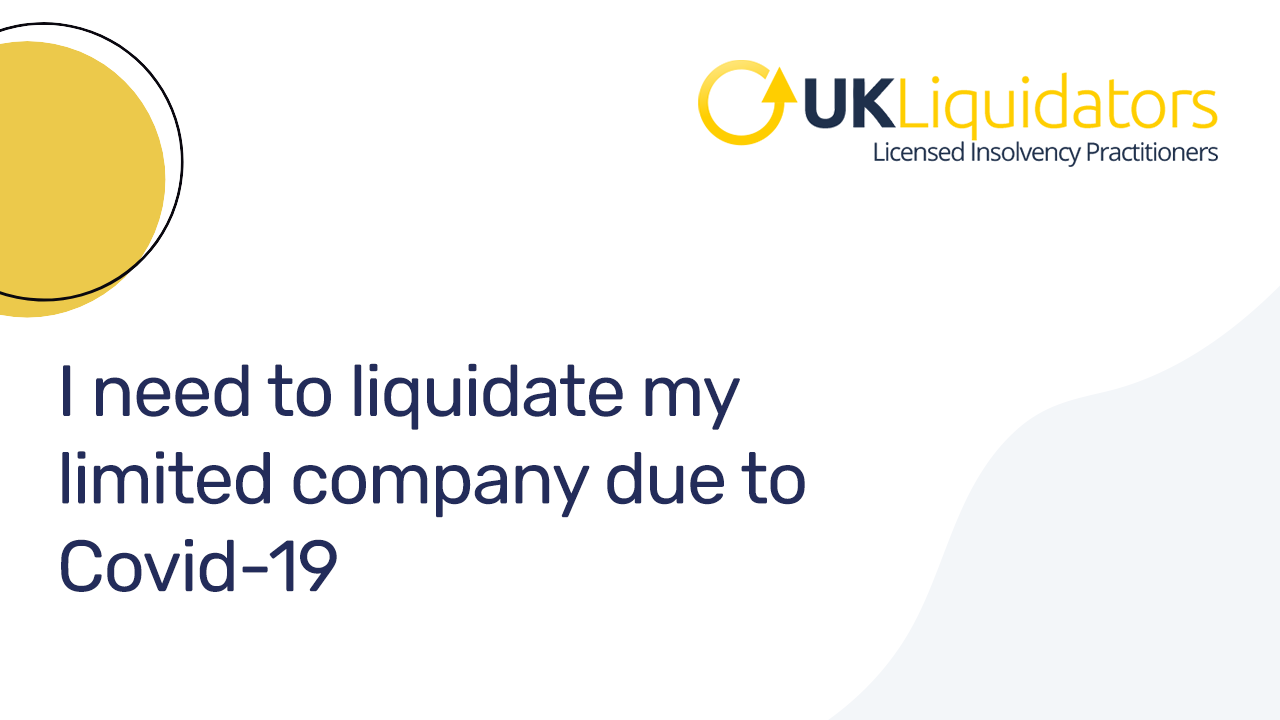Some Ideas on Insolvency Practitioner You Should Know
Some Ideas on Insolvency Practitioner You Should Know
Blog Article
How Insolvency Practitioner can Save You Time, Stress, and Money.
Table of ContentsThe Best Guide To Insolvency PractitionerA Biased View of Insolvency PractitionerSome Ideas on Insolvency Practitioner You Need To KnowInsolvency Practitioner Can Be Fun For EveryoneInsolvency Practitioner Can Be Fun For EveryoneThe smart Trick of Insolvency Practitioner That Nobody is DiscussingThe 3-Minute Rule for Insolvency Practitioner
Bankruptcy is when responsibilities are greater than the value of the business, or when a borrower can not pay the financial debts they owe. A business can end up being bankrupt because of a variety of situations that result in bad capital. When confronted with insolvency, an organization or person can speak to lenders directly and restructure financial debts to pay them off.
Organization owners might get in touch with creditors straight and restructure financial debts into even more workable installations. Financial institutions are generally amenable to this method since they desire to be settled and prevent losses, even if the payment is on a delayed routine.
The proprietor produces a proposition detailing exactly how the financial obligation may be restructured utilizing expense decreases or other plans for assistance. The proposal shows financial institutions just how the company might create adequate capital for rewarding procedures while paying its financial obligations. Normally, a forgiven debt may be thought about income by the Internal Profits Solution (INTERNAL REVENUE SERVICE).
Unknown Facts About Insolvency Practitioner
When an organization needs to pay increased rates for products and solutions, the firm passes along the price to the customer. Instead than pay the boosted price, many customers take their company in other places so they can pay much less for an item or service. Shedding customers leads to shedding income for paying the business's financial institutions.
When operations stop, so does the business's income. Some firms come to be financially troubled because their goods or solutions don't advance to fit customers' changing needs.
Insolvency Practitioner Fundamentals Explained
Expenses go beyond revenues and costs stay unsettled. Sorts of insolvency consist of cash-flow bankruptcy and balance-sheet bankruptcy. Cash-flow insolvency happens when a company has the properties to cover their financial debts but they remain in the wrong type, such as property rather of liquid funds. Balance-sheet insolvency, on the other hand, shows a lack of possessions in any kind of form to cover debts.
The internal revenue service states that a person is bankrupt when the complete obligations exceed complete possessions. Insolvency Practitioner. A insolvency, on the various other hand, is an actual court order that depicts exactly how a financially troubled individual or company will repay their lenders, or just how they will market their assets in order to make the payments
The Only Guide to Insolvency Practitioner
If that circumstance prolongs longer than prepared for, it can result in insolvency. When a company or individual is insolvent, they can not satisfy their monetary responsibilities. Solvency is when you have sufficient funds to cover the settlements you owe. A business is taken into consideration solvent when they have more assets than obligations.

Comprehending the factors that can bring about insolvency, such as overspending, can help you protect against insolvency and its effects.
The Greatest Guide To Insolvency Practitioner
It is well understood that supervisors and police officers of firms (and supervisors of minimal liability companies) owe fiduciary obligations to their companies and their shareholders (or members). These fiduciary commitments are defined by state statutes and, though there are variants from state to state, they commonly consist of a responsibility of commitment and an obligation of treatment.
The duty of care requires directors and officers to work out persistance, to make educated decisions, and to act in this hyperlink great belief to make sure that their activities are in the most effective rate of interest of the company. Beyond the scope of this conversation, some states enable these responsibilities to be limited either by so keeping in mind in the business papers or conforming with other demands.
Some Known Factual Statements About Insolvency Practitioner

Take care about offering investors favoritism at the expenditure of lenders (e.g., authorizing and funding a returns or a supply redemption). Take care concerning special treatment between courses of investors. Make sensible initiatives to discover all the facts prior to taking a specific course of activity; supervisors need to truly believe that any decisions made are in the very best interests of the firm in its entirety (i.e., decisions will certainly be examined in knowledge in light of the impact of such activities on the company).
In any type of bankruptcy or insolvency proceeding, settlements made to specific financial institutions at the cost of other lenders can be clawed back, particularly if there is some connection in between the company and the lender. Think about proposing at a yearly investor meeting (or any various other conference of stockholders) a resolution attesting that all prior organization choices and activities taken by the directors and policemans of the company were absorbed good confidence after an exercise of reasonable treatment.
An Unbiased View of Insolvency Practitioner
Totally reveal any kind of personal or company relationships with parties beyond of deals entailing the corporation to avoid the appearance of a dispute of passion. In assessing possible fund elevating transactions or a sale of assets of the troubled company, realize that these purchases may be scrutinized later in light of any subsequent development of find out supervisors' fiduciary duties to include lenders.
Report this page